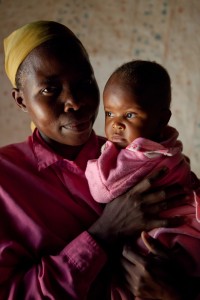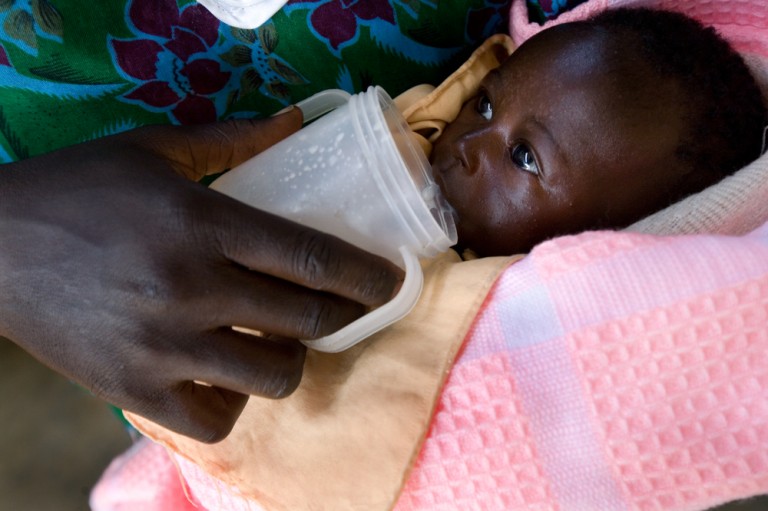New mom, advocate, shares her view on how Kenya is an important step closer to giving newborns and moms a healthier start.
By: Pauline Irungu, Advocacy and Policy Manager, PATH

A few months ago, my family and I welcomed a baby boy into the world. There is no greater joy than seeing, hearing, and holding your baby for the first time. Yet the day a baby is born can be one of the most dangerous for him or her, especially in countries like Kenya. It is fraught with peril for both baby and mom.
In Kenya, 1 in 38 mothers die in childbirth, while newborns face a high risk of being born prematurely, or suffering from asphyxia during birth or post-birth infections. The risks are magnified for mothers and babies in rural areas, where disparities in the quality of health care can be significant.
Fortunately, newborns and moms in Kenya are one step closer to getting the health services they deserve, thanks to civil society partners, health officials, and political leaders working together to advance policy solutions.
Kenya launches a plan for action on maternal and newborn health
This month, Kenya will push forward a detailed, integrated, and costed plan intended to reduce maternal and newborn deaths throughout the country. The plan continues the momentum for the government’s free and nationwide maternal care policy in public hospitals, and builds on the First Lady’s Beyond Zero campaign to increase access to prenatal and postnatal care. It will help turn years of advocacy into reality in counties and health facilities throughout the country.
“Reducing Maternal and Neonatal Mortality in Kenya: Scaling up Effective Interventions in Maternal and Neonatal Health” is designed to give health planners at all levels—especially in counties—a menu of achievable, evidence-based, high-impact options to address the leading killers of mothers and newborns:
- Postpartum hemorrhage (or excessive bleeding after birth)
- Hypertension in pregnancy or eclampsia
- Sepsis infection
- Prematurity
- Birth asphyxia (when babies can’t get the oxygen they need to survive)
This action plan seeks to ensure that a baby born in a remote area like Turkana are no less likely to die than a baby born in Nairobi.
The Ministry of Health is working hand-in-hand with its partners to ensure that women and newborns will have access to lifesaving health services, innovative health technologies, and medicine. The good news is that maternal and neonatal deaths can be prevented with many of the interventions outlined in the plan, such as:
- Increasing access to oxytocin to stave off postpartum hemorrhage during child birth, while also emphasizing the importance of dignity of care in health facilities.
- Calling for the widespread use of chlorhexidine for umbilical cord care to prevent often deadly sepsis infections in newborns, an intervention that PATH and the Kenya Ministry of Health are currently introducing and scaling up in select counties.
As a mother and advocate, I am thrilled to see Kenya’s government keep its commitment to women and newborns, but there is more work to be done.
More work to be done: From policy to practice
The commitments made on paper now must be put into practice. County governments and officials must align their priorities and work plans with these approaches, and prioritize funding for essential maternal and newborn health services and supplies.
The shelves in clinics won’t stock themselves. Mothers won’t seek care from facilities unless they are confident in the care available. Civil society advocates should play a key role in ensuring health officials are held responsible for delivering high-quality maternal and newborn health programs and services at the county and sub-county levels.
My family and I were blessed to bring a healthy baby into the world. Every mother and baby in Kenya deserves the same, no matter where they live.
Photo credit: PATH/Evelyn Hockstein
More information
